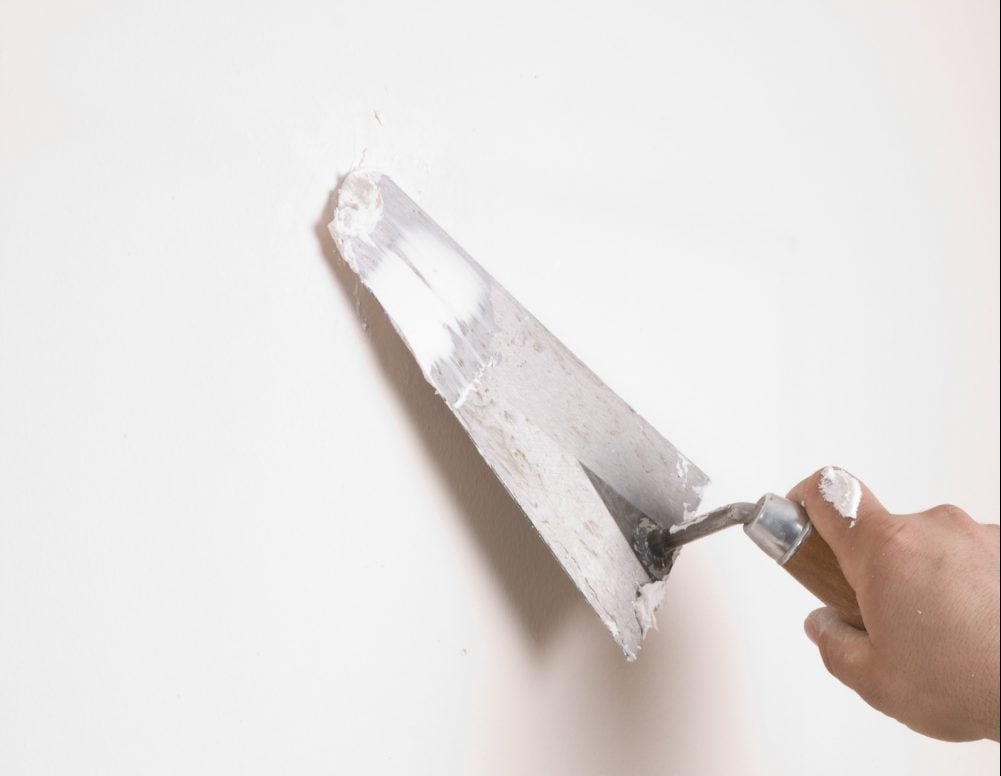
Drywall is cheap, light, and easy to install. Drywall also doesn’t crack as easily the plaster walls in older homes, but it’s far from impervious. Whether your drywall is old, suffered from moisture damage, or has been stressed from weight-bearing loads, filling drywalls cracks is a common home repair project. Patching drywall is a relatively simple process and can be accomplished by many capable homeowners. Still, there are reasons to consider hiring a professional and some circumstances may require special considerations.
Patching Drywall
Simply drywall patching requires surface preparation, applying the drywall compound, and then sanding and finishing the wall surface. A quick trip to your local hardware store should provide you with all the materials and tools you need. You might even be able to get some extra tips on your specific drywall patching project. Small-to-medium sized holes and drywall cracks shouldn’t be too difficult, and if something does go wrong, you’re unlikely to make the situation much worse than when you started. Make sure you know how to repair a hole in the drywall to avoid more expensive repairs.
On the other hand, just like trying to touch up some chipped paint, if you don’t have extra paint you probably won’t get an exact match.
Patching Drywall Alternatives
One alternative to common drywall patching compound is paintable caulk. If, for some reason, you find your drywall cracks repeatedly (around the edge of a windowpane, for example), apply a paintable caulk that is also water washable directly into the crack with your finger. Before it sets (usually within 30 minutes), wipe down with a clean damp cloth, again to smooth and to allow the existing texture to bleed through.
Filling Drywall Cracks around a Window
If there’s standard drywall material around the window, open the crack approximately twice its size (if it’s only a hairline crack), then mix up some 20-minute drywall compound (or use pre-mixed). Apply it into the crack with your finger, using slight pressure. Prior to the mixture setting, use a clean, damp cloth and wipe down the wall to get rid of any lines or marks from the overfill. Allow the existing texture of the wall to bleed through.
Matching Color and Texture When Filling Drywall Cracks
While matching the original color of your wall is difficult enough, if you have textured drywall surfacing, it’s going to be at least as difficult to match the drywall texture. If this is a concern, you might consider hiring a drywall contractor. The match may still not be exact, but it will probably be a whole lot closer to what you can produce. If you have several small home repair projects, you might also be saving yourself a bunch of time and headaches by hiring a handyman. A handyman may be able to patch your damaged drywall, look at your broken refrigerator, oil your garage door tracks, patch up your stained carpet, and whatever other small projects you have that needs to be done. If your walls are older and need new life, you might also consider hiring a professional home painter. Instead of trying to match your drywall patch to your old, worn wall surface, decorative painting and texturing can transform your room.
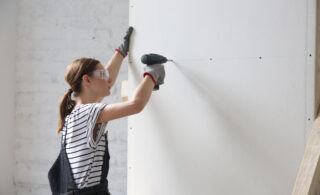 Nails or Screws for Hanging Drywall: Which Works Better?
Nails or Screws for Hanging Drywall: Which Works Better? 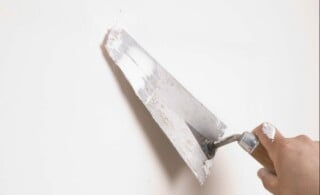 Drywall Finishing: Don’t Ruin the Ending!
Drywall Finishing: Don’t Ruin the Ending! 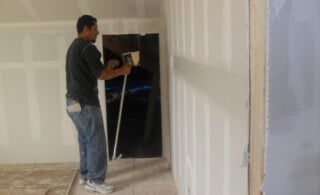 Drywall Basics for the Finish You Want
Drywall Basics for the Finish You Want 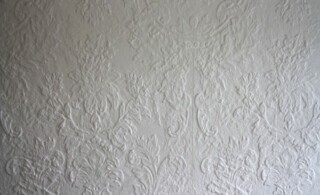 Drywall Texturing Methods
Drywall Texturing Methods  Drywall Installation Techniques
Drywall Installation Techniques 

Are You Familiar With This Topic? Share Your Experience.